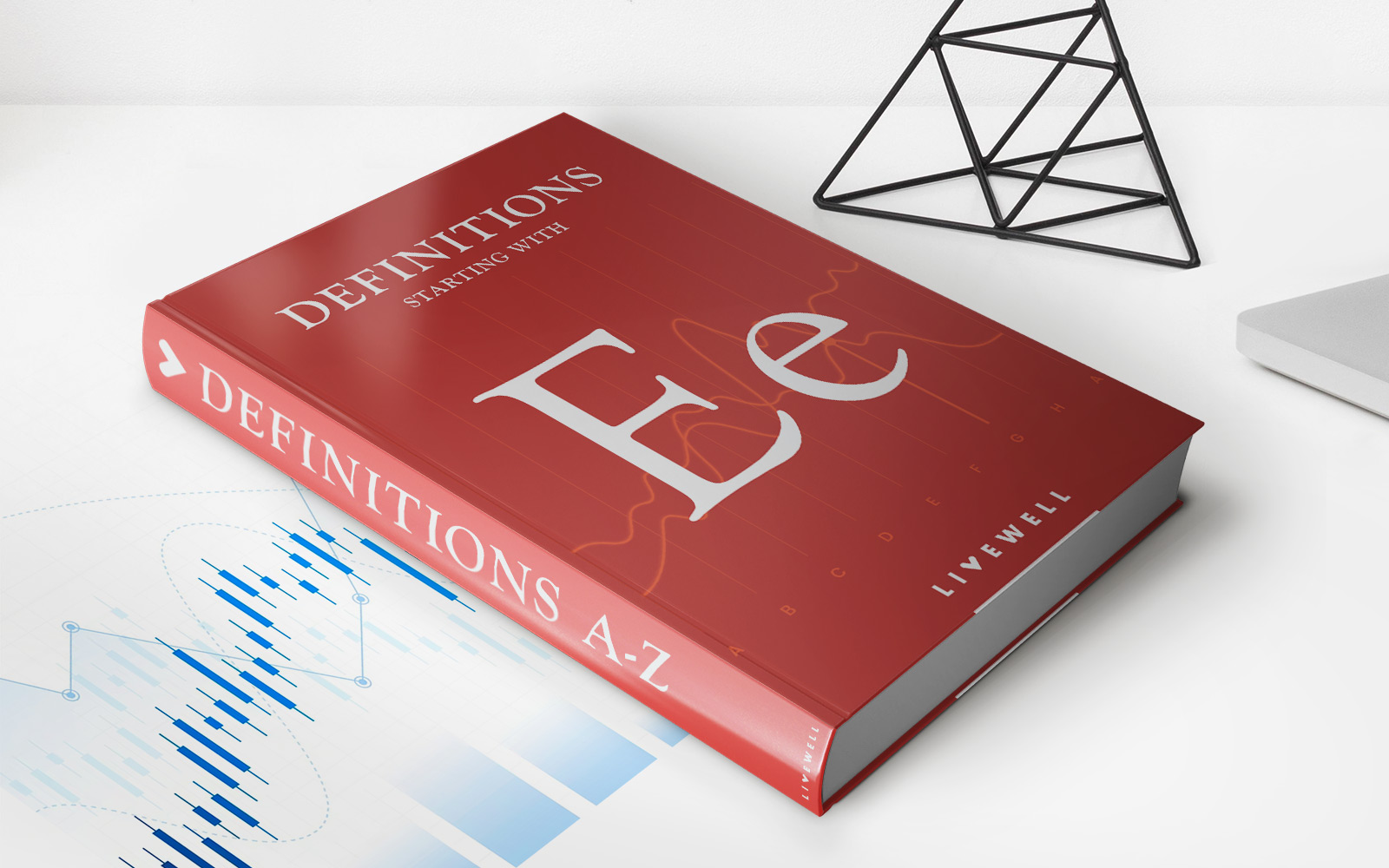

Finance
Extreme Mortality Bond (EMB) Definition
Published: November 21, 2023
Learn the definition and importance of Extreme Mortality Bond (EMB) in the finance industry. Discover how this innovative financial tool can mitigate risks and enhance investments.
(Many of the links in this article redirect to a specific reviewed product. Your purchase of these products through affiliate links helps to generate commission for LiveWell, at no extra cost. Learn more)
Understanding Extreme Mortality Bonds (EMBs)
Welcome to our Finance blog, where we dive deep into various financial topics to help you expand your knowledge and make informed decisions. Today, we will be discussing Extreme Mortality Bonds (EMBs) and their significance in the world of finance. If you’ve ever wondered what EMBs are and how they work, you’re in the right place! So, let’s get started.
Key Takeaways
- An Extreme Mortality Bond (EMB) is a type of financial instrument used by insurance companies to hedge against the risk of unexpected high mortality rates.
- EMBs are essentially catastrophe bonds that allow investors to provide capital in the event of a significant increase in claims due to high mortality.
Now that we have our key takeaways, let’s delve deeper into the definition of Extreme Mortality Bonds and their role in the financial industry.
What are Extreme Mortality Bonds (EMBs)?
Extreme Mortality Bonds, often referred to as EMBs, are a specialized form of financial instrument used by insurance companies to protect themselves against the risk of potential catastrophic death events. These bonds are typically issued to transfer the risk associated with higher-than-expected mortality rates.
Just as insurance policies protect individuals or organizations against financial losses resulting from unforeseen events, EMBs serve as a means for insurance companies to mitigate their exposure to a surge in claims due to an extreme surge in mortality.
How do Extreme Mortality Bonds work?
Extreme Mortality Bonds work by providing insurance companies with additional capital to cover potential losses in the event of an extreme mortality event. The bonds are structured in a way that if mortality rates surpass a predefined threshold, the investors agree to fund the insurance company to cover the excess claims.
EMBs utilize a securitization process similar to traditional catastrophe bonds. They are sold in the financial markets to investors who are willing to take on the risk associated with high mortality rates in exchange for potential returns. This allows insurance companies to transfer some of the potential losses to the investors, reducing their exposure and ensuring they have the necessary funds to pay claims.
Why are Extreme Mortality Bonds important?
Extreme Mortality Bonds play a vital role in the insurance industry by providing a mechanism to manage the risk of unexpected high mortality rates. Here are a few reasons why they are important:
- Mitigating risk: EMBs allow insurance companies to transfer a portion of the risk associated with extreme mortality events to investors. This helps in reducing their overall exposure and ensuring financial stability during challenging times.
- Stabilizing claim payouts: By having access to additional capital through EMBs, insurance companies can maintain consistent claim payouts, even during periods of higher-than-expected mortality rates.
- Attracting investors: The issuance of Extreme Mortality Bonds in the financial markets attracts investors who are seeking alternative investment opportunities. These bonds provide an avenue for diversification within the investment portfolios.
Overall, Extreme Mortality Bonds serve as a crucial risk management tool for insurance companies, benefiting both insurers and investors alike.
We hope this article has provided you with a clear understanding of Extreme Mortality Bonds (EMBs) and their significance within the financial world. If you have any further questions or would like to explore more finance-related topics, feel free to explore our Finance blog category for additional resources. Stay tuned for more informative articles!














